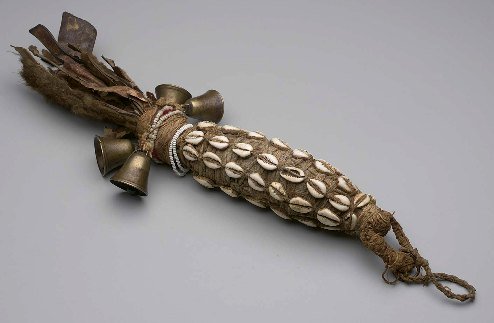Africa is the homeland of music and dance. All the jazz, blues, and gospel music Spirituals, work songs , and chants were influenced by Africa. They were combined with improvised instruments evolved into blues and ragtime rhythms. Ragtime foreshadowed jazz, and elements from all of these forms inspired rock & roll and hip hop music
Western and Central Africa have historically been dominated by monolithic cultures. In this region, rhythm, song, and dance accompanied ceremonial and religious acts, rituals, game songs, warrior chants, ancestral worship, and other similar activities.
Why is music so important to Africa?
Music exemplifies African values by incorporating numerous traditions that are complemented by a tune. Music is used to commemorate many important events, such as marriages, births, and rites of passage. There are songs that go along with digging, cutting, and harvesting. There are songs of praise and criticism, as well as songs about history.


The Two Main Instruments Used

In the majority of African cultures, the drum served as both the heartbeat and the soul. Drums are an old instrument that have been used to celebrate many areas of life in Africa for many centuries and endless generations. They have been an essential component of African culture for a long time. They are employed as a warning or a call to arms, stirring up emotions in preparation for conflict and conflict resolution. They are frequently kept in holy abodes, where they serve to represent and guard the royal family. During the conflict, they have protection. The then “talking drums” were a key means of communication between different tribes for many centuries, and they were used to send messages sometimes across very considerable distances.
The sound can be produced by striking the drumhead with one’s hands, a stick, a rubber mallet, or even the bones of the recently departed. Additionally, the surface may be brushed in order to produce gentle swishing sounds. In order to produce a wider variety of sounds, the drums are often outfitted with rattling metal jingles that are connected to the exterior, or seeds and beads are stuffed within.

An instrument consisting of bells that is performed by Ewe people in Ghana. The double bell is constructed out of forged iron, and it produces a loud resonant sound when it is gonged with a wooden stick. This sound is the fundamental skeleton of all symphonic music played in Togo, Ghana, and Benin. In addition to being used for amusement and pleasure, bells and rattles can also be used in rituals and ceremonies.
The use of rattles and shakers is common throughout Africa, and these instruments can be found in a dizzying array of forms, sizes, and materials, both natural and man-made. Some examples of these include the utilization of animal gall bladders, leather, baobab fruits, coconuts, cowrie shells, coke cans, bottle tops, vegetable gourds, bronze bells, reeds, and anything else that can be shaken and rattled.
IN CONCLUSION
Africa has made significant contributions to the development of music in several other regions of the globe that we all are enjoying right now without the homeland the music would probably not be as great as it is now.


